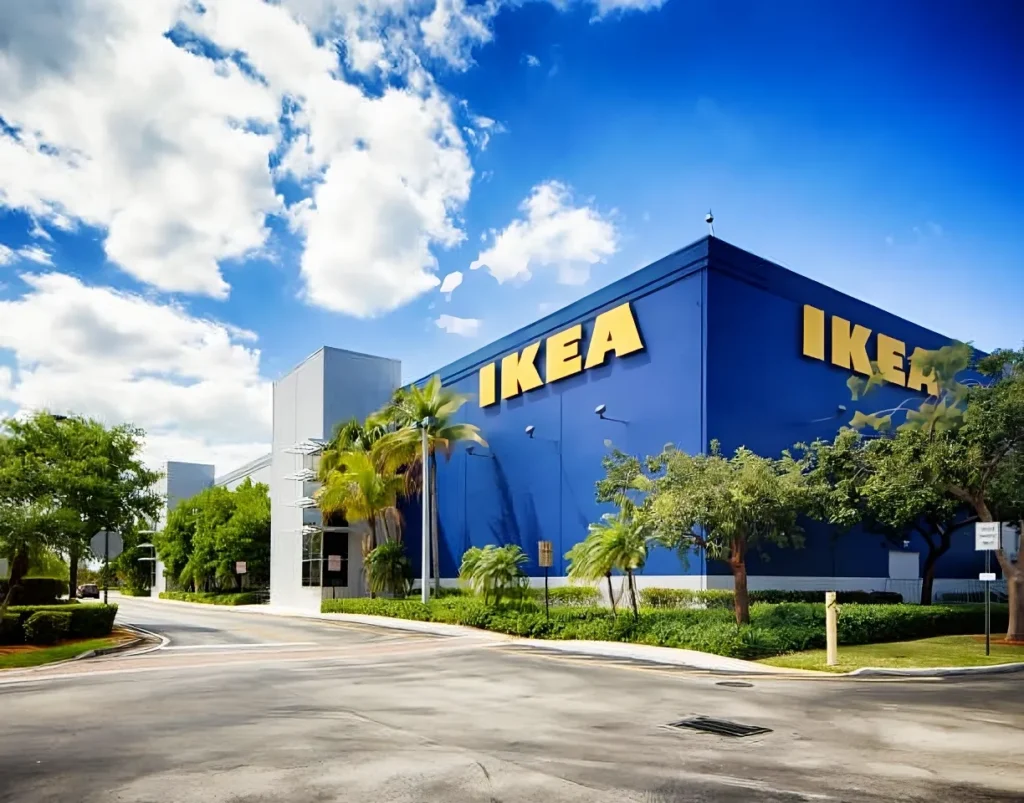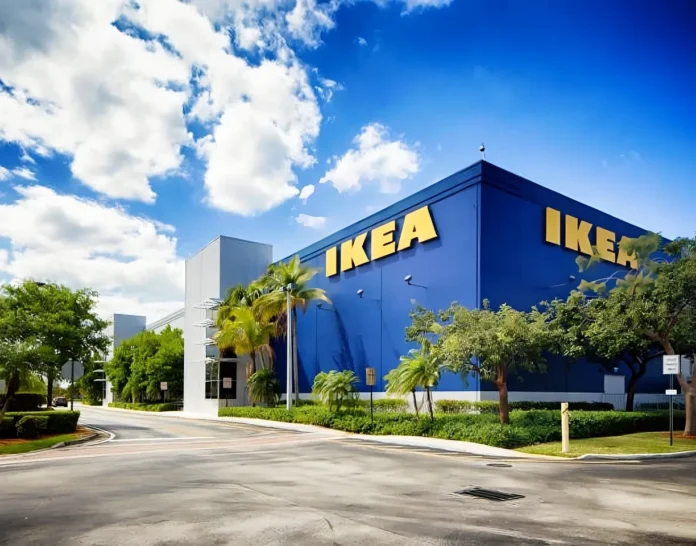Introduction
IKEA is a Swedish multinational furniture retailer that designs and sells ready-to-assemble furniture, home accessories, and kitchen appliances. The company was founded in 1943 by Ingvar Kamprad and has since grown to become the world’s largest furniture retailer. IKEA’s business model is based on offering affordable and functional furniture that is easy to assemble and transport. The company has a strong focus on sustainability and has made significant efforts to reduce its environmental impact.

Demographic Profile of IKEA’s Target Market
IKEA’s target market is primarily made up of young adults and families who are looking for affordable and functional furniture. The company’s products are designed to appeal to a wide range of income levels, with prices ranging from low to mid-range. The majority of IKEA’s customers are between the ages of 18 and 35, with a slightly higher percentage of female customers. The company’s target market also includes families with children, as IKEA offers a range of products designed specifically for children’s rooms.
According to a survey conducted by Statista, the majority of IKEA’s customers have a household income of less than $50,000 per year. The survey also found that the majority of IKEA’s customers have at least some college education, with a significant percentage holding a bachelor’s degree or higher.
Psychographic Characteristics of IKEA’s Target Market
IKEA’s target market is made up of individuals who value affordability, functionality, and sustainability. The company’s products are designed to appeal to customers who are looking for furniture that is both stylish and practical. IKEA’s target market is also made up of individuals who are environmentally conscious and are looking for products that are made from sustainable materials.
To cater to the psychographic characteristics of its target market, IKEA has made significant efforts to reduce its environmental impact. The company has implemented a number of sustainability initiatives, including using renewable energy sources, reducing waste, and sourcing materials from sustainable sources. IKEA has also designed its products to be easy to assemble and transport, which appeals to customers who value functionality and convenience.
Geographic Reach of IKEA’s Target Market
IKEA operates in over 50 countries and has more than 400 stores worldwide. The company’s target market is primarily located in Europe and North America, although IKEA has also expanded into Asia and the Middle East in recent years. To adapt its products and marketing strategies to different regions, IKEA has established local teams in each country where it operates. These teams are responsible for adapting IKEA’s products and marketing strategies to local tastes and preferences.
Behavioral Patterns of IKEA’s Target Market
IKEA’s target market is known for its brand loyalty and its willingness to shop at IKEA repeatedly. The company’s customers are also known for their willingness to assemble their own furniture, which is a unique aspect of IKEA’s business model. To improve its products and services, IKEA regularly conducts customer surveys and uses this information to make improvements to its products and stores.
How IKEA Caters to the Needs of Its Target Market
IKEA designs its products and stores to meet the needs of its target market. The company’s products are designed to be affordable, functional, and easy to assemble. IKEA’s stores are also designed to be easy to navigate, with clear signage and a layout that encourages customers to explore the store.
To appeal to its target market, IKEA also uses a unique pricing strategy. The company’s products are priced lower than many of its competitors, which appeals to customers who are looking for affordable furniture. IKEA also offers a range of products at different price points, which allows customers to choose products that fit their budget.
Challenges Faced by IKEA in Targeting Its Market
IKEA faces competition from other furniture retailers, both online and offline. The company also faces economic and political factors that can affect its business, such as changes in consumer spending habits and trade policies. To address these challenges, IKEA has made significant efforts to improve its online presence and expand its product offerings.
Future Prospects for IKEA’s Target Market and Business Growth
The furniture industry is expected to continue to grow in the coming years, driven by factors such as urbanization and an increase in disposable income. To adapt to changing consumer preferences and market conditions, IKEA has made significant investments in technology and sustainability. The company has also expanded its product offerings to include smart home products and services.
Conclusion
IKEA’s target market is made up of young adults and families who are looking for affordable and functional furniture. The company’s products are designed to appeal to customers who value affordability, functionality, and sustainability. To cater to the needs of its target market, IKEA has designed its products and stores to be easy to assemble and navigate. The company has also made significant efforts to reduce its environmental impact and expand its product offerings. Despite facing competition and economic challenges, IKEA is well-positioned to continue to grow and succeed in the coming years.



